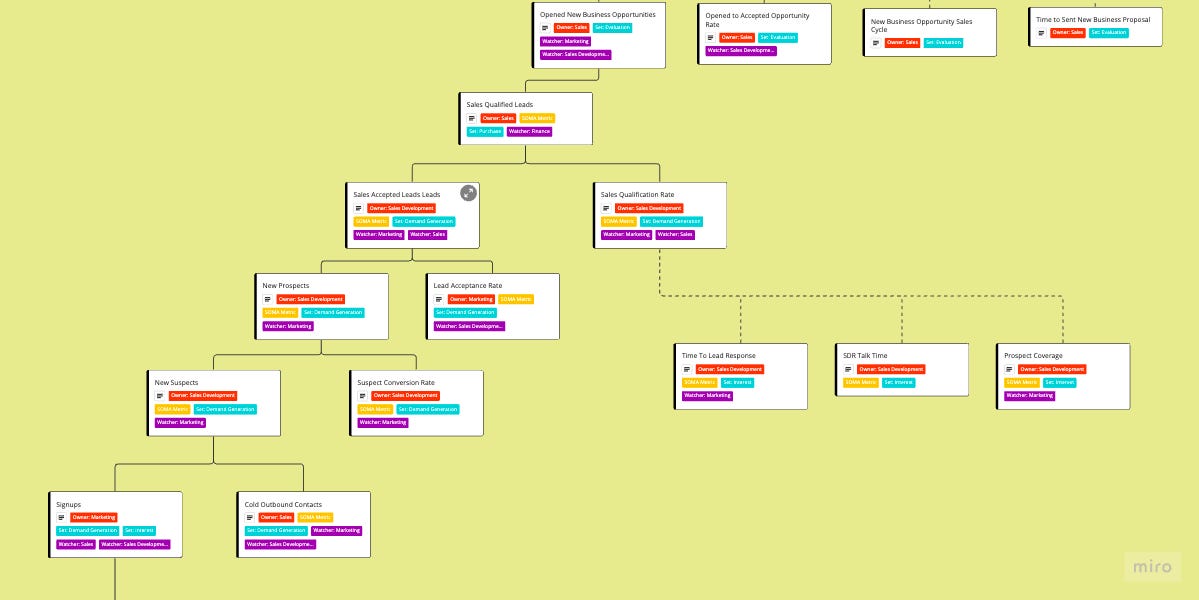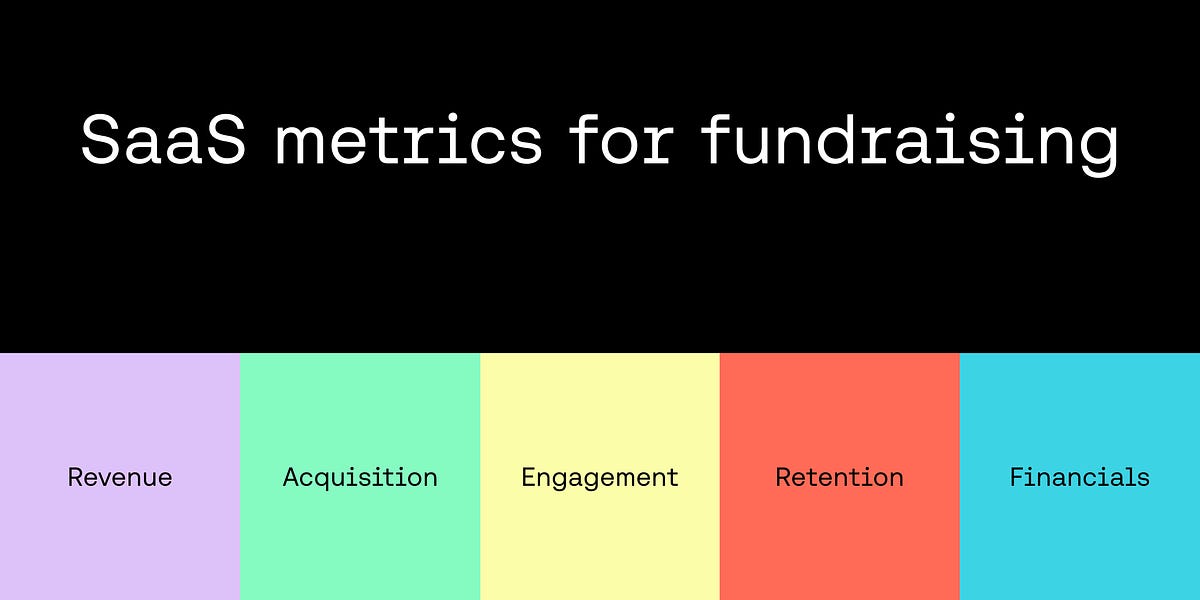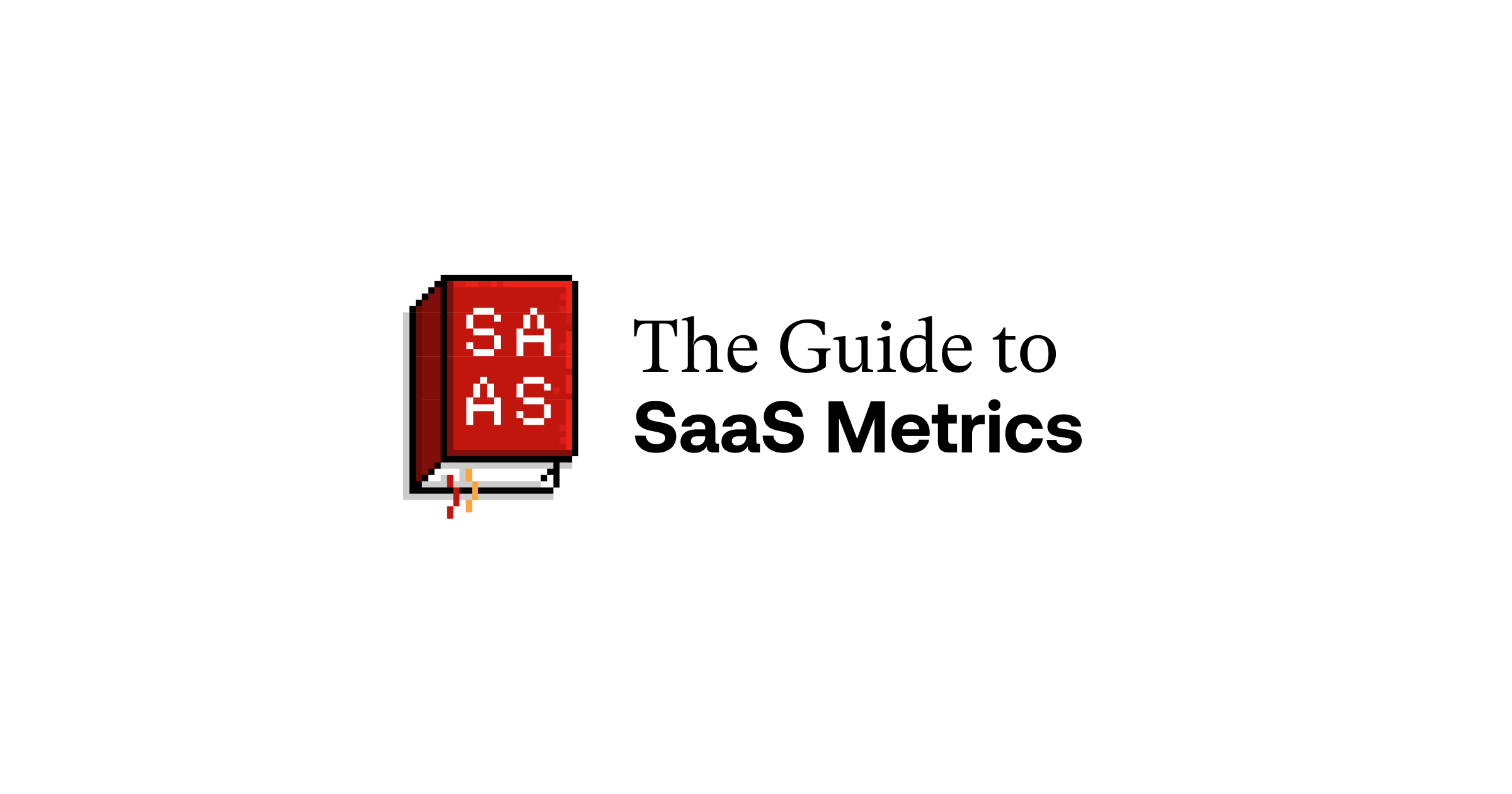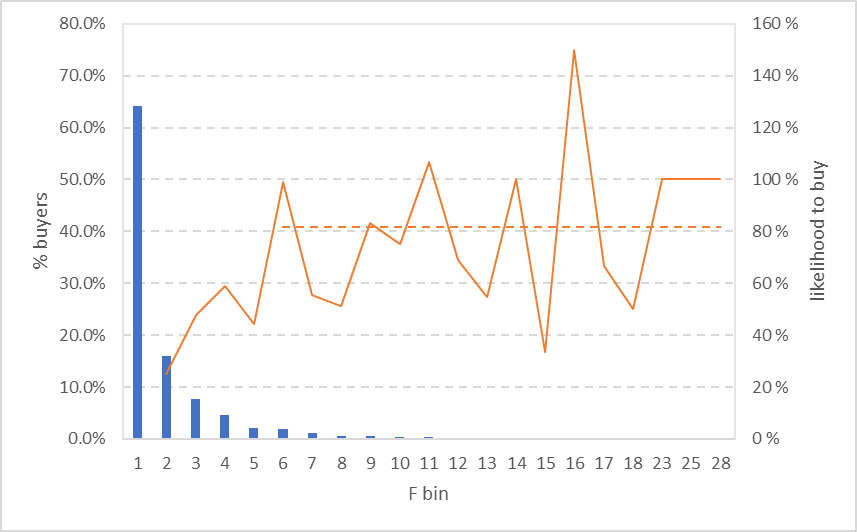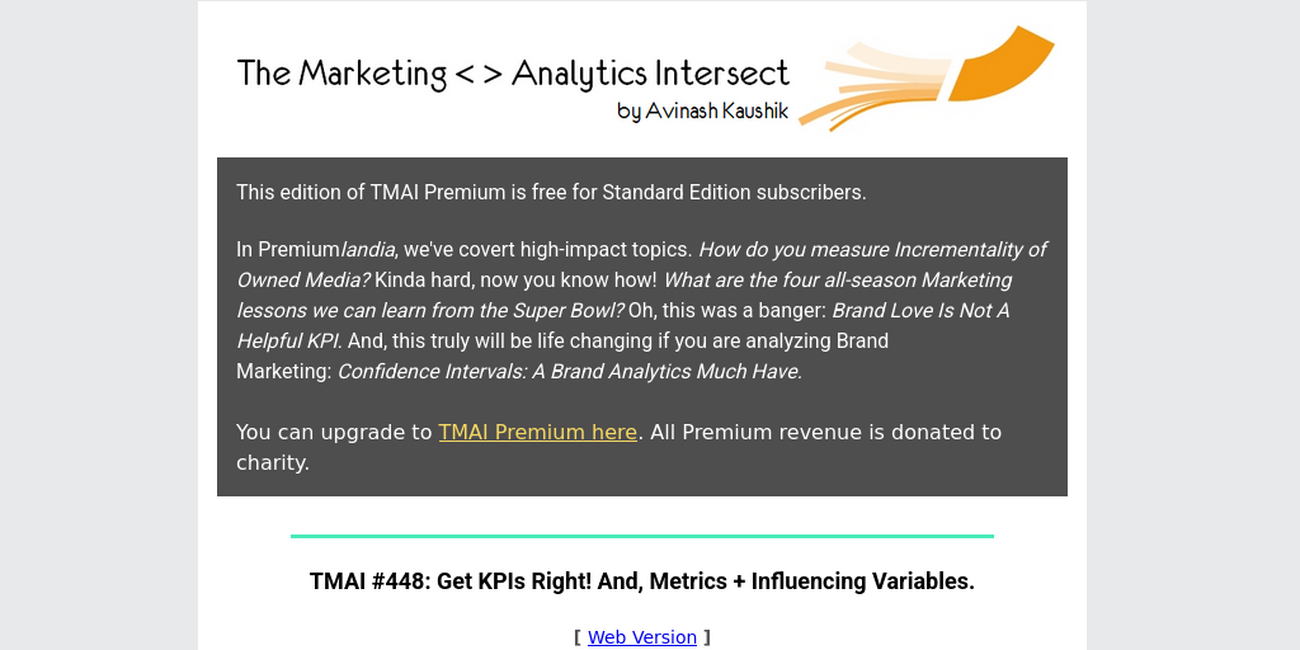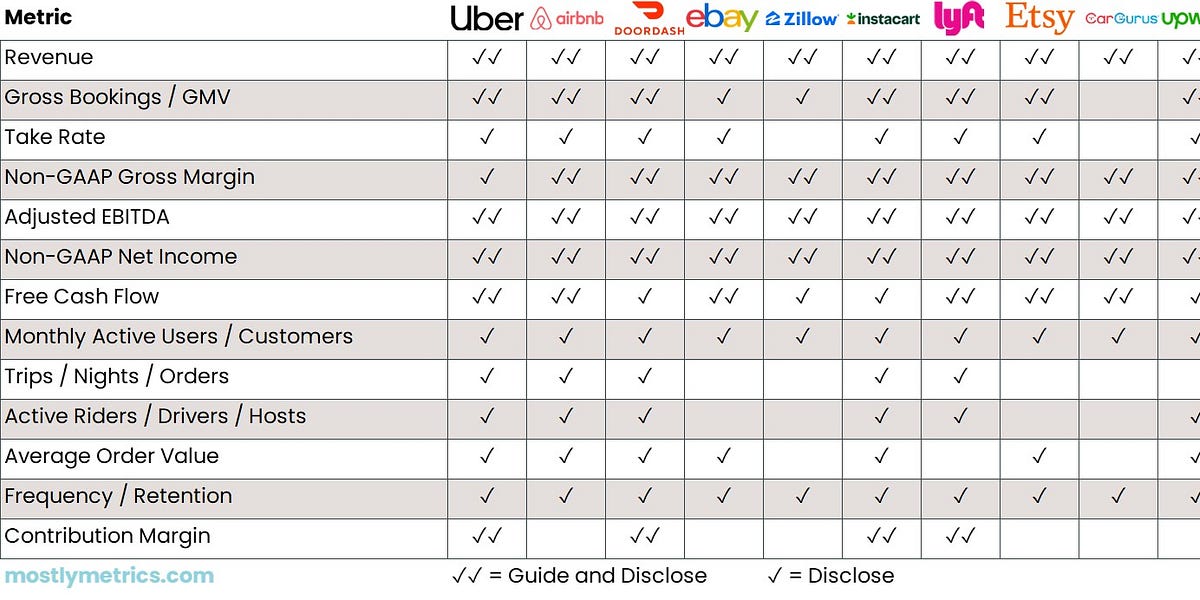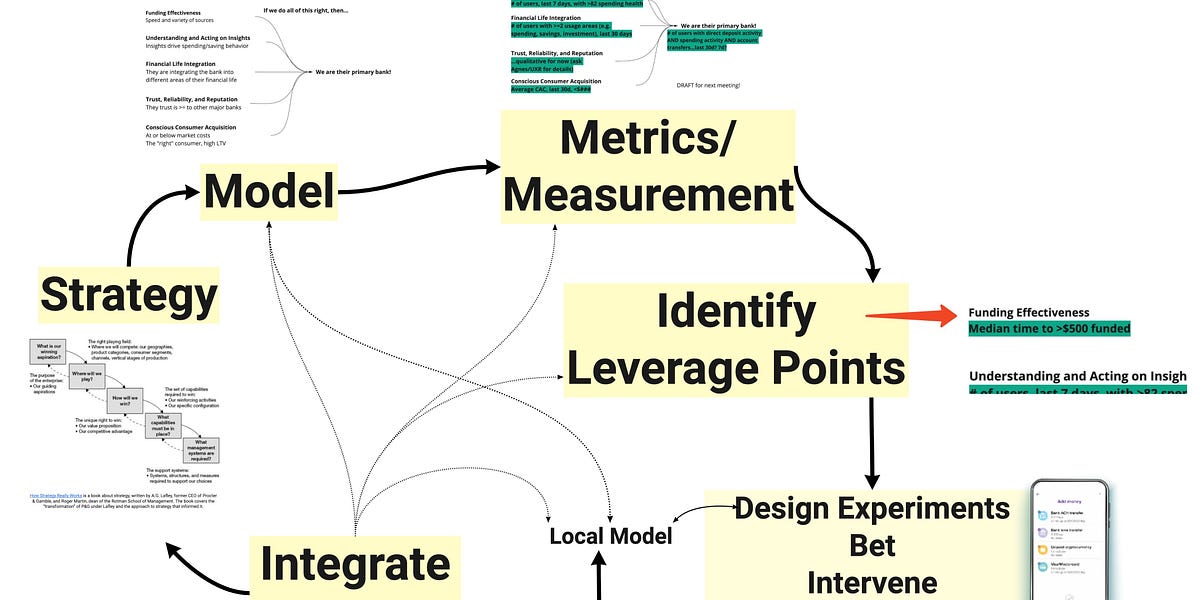Christoph Janz outlines five distinct strategies for building a $100M company, ranging from enterprise (elephants) to consumer (flies). He analyzes pricing models, customer acquisition, and go-to-market approaches to help founders identify their optimal growth path. A foundational read for SaaS entrepreneurs and startup operators.
Metrics
24 resources in this subcategory
Topics in Metrics:
This article presents the first level of the Hierarchy of Marketplaces framework, focusing on creating user happiness and scalable engagement. Tavel draws on real examples to show how leading marketplaces like Etsy and Airbnb progressed through each level. Useful for marketplace builders aiming for long-term defensibility.
Tavel extends her original framework to highlight how companies can build products that retain users over time. She categorizes engagement loops and stresses the importance of value creation at each step. Highly relevant for product managers and growth teams focused on long-term user engagement.
This post by A16Z outlines the most important KPIs for two-sided marketplaces. Metrics include match rate, take rate, market depth, and concentration of supply. It offers a rigorous diagnostic toolkit for founders, investors, and operators looking to assess or pitch marketplace startups.
Jamie Sullivan and Alex Immerman use data from 60+ public tech companies to explain how each turn of the LTV:CAC ratio flows through to margins, reinvestment capacity, and ultimately valuation. A clear, numbers-backed argument for why every startup needs to understand their unit economics.
Mina Mutafchieva explains how unit economics can serve as a diagnostic tool rather than just a reporting metric. She shows how to analyze customer cohorts, align spend with ROI, and avoid common pitfalls like cost-cutting without insight. Packed with real-world boardroom questions and frameworks.
Understanding unit economics is essential for analytics professionals in SaaS and product-driven businesses. This post emphasizes how focusing on granular, per-customer profitability metrics can outlast vanity growth metrics, providing a more sustainable view of business performance. By mastering techniques to analyze customer acquisition costs, lifetime value, and other unit-level metrics, analysts can uncover crucial insights to inform strategic decision-making and drive long-term success.
Designing effective metrics trees is a crucial skill for analytics professionals who need to extract meaningful insights from complex data. This blog post delves into the techniques and strategies for structuring your metrics in a hierarchical, intuitive manner, enabling you to uncover hidden patterns, identify key drivers, and present data-driven recommendations that resonate with stakeholders across your organization.
Discover the hidden root cause of your analytics woes and unlock unprecedented insights with this insightful guide. Learn proven techniques to diagnose and address the underlying issues that plague your data analysis, empowering you to make data-driven decisions with confidence across marketing, product, and business domains. This essential resource equips analytics professionals with the skills and strategies needed to transform their data into actionable intelligence and drive meaningful impact within their organizations.
Explores the concept of customer lifetime value (LTV), including how to calculate it, the importance of retention and margin in driving LTV, and using LTV as a key metric for making data-driven business decisions.
This article provides an in-depth overview of the key SaaS metrics that founders need to understand when preparing for fundraising. It covers critical areas like revenue recognition, unit economics, customer lifetime value, and growth metrics - all essential for showcasing the health and potential of a SaaS business to investors.
Understand key SaaS metrics that influence profitability, such as recurring revenue, churn, and the 'triangle of despair' - the balance between customer acquisition, retention, and revenue growth.
Calculating the gross-margin contribution of a customer over their expected lifetime; including retention curves, discount rates, cohort LTV, probabilistic vs. deterministic models, and segment-level LTV comparison.
An in-depth look at the technical and analytical considerations around revenue recognition, such as aligning with ASC 606/IFRS-15 rules, handling multi-element allocations, and analyzing ratable vs. point-in-time recognition patterns. Explores how to build revenue waterfalls, cohort aging tables, and other financial reporting to ensure data integrity and accounting compliance.
Discusses key metrics and analytical techniques for understanding customer retention, churn, and expansion drivers. Covers topics like logo vs. dollar churn, net revenue retention (NRR), cohort-based survival analysis, and identifying expansion opportunities through upsell and cross-sell.
Foundational concepts and best practices for defining, categorizing, and documenting key performance indicators (KPIs) and other business metrics. Covers the taxonomy of leading vs. lagging, input vs. output, and actionable vs. vanity metrics, as well as establishing naming conventions and a single source of truth for metric definitions.
Covers key revenue metrics for marketplace businesses, including gross vs. net revenue, recurring vs. non-recurring, bookings vs. billings, and other accounting-aligned measures. Explores cohort analysis, revenue waterfalls, and drivers of expansion and churn.
Analyzing the gross-margin contribution of a customer over their expected lifetime, including retention curves, discount rates, cohort LTV, and probabilistic vs. deterministic models. Understanding how to leverage LTV to optimize customer acquisition and inform revenue forecasting.
An in-depth look at how to calculate, analyze, and leverage customer lifetime value (LTV) - a critical SaaS metric for understanding the long-term value of customers and optimizing acquisition and retention strategies.
Overview of key performance indicator (KPI) fundamentals, including definitions of leading vs. lagging, input vs. output, and actionable vs. vanity metrics. Discusses best practices for creating a consistent metric taxonomy and documentation.
Methodologies for calculating and understanding the lifetime value of customers, including retention curves, discount rates, cohort LTV, and using LTV to evaluate the efficiency of customer acquisition.
This article discusses key unit economics and efficiency metrics for SaaS businesses, including CAC payback, LTV:CAC ratio, contribution margin, and the rule-of-40. It explains how to calculate and analyze these metrics to understand the underlying profitability drivers and unit-level economics of the business.
This article discusses the data-informed product cycle, which involves translating high-level strategy into models, testing hypotheses, and iterating based on data. It covers key topics like freemium, free trials, usage-based pricing, activation metrics, and product-qualified leads (PQLs).
This article argues that powerful ideas, even if imperfectly measured, are more useful for business decision-making than perfect measures for less impactful ideas. It discusses the importance of focusing on high-leverage metrics and acknowledging the limitations of data, rather than getting overly bogged down in pursuit of perfect measurement.






